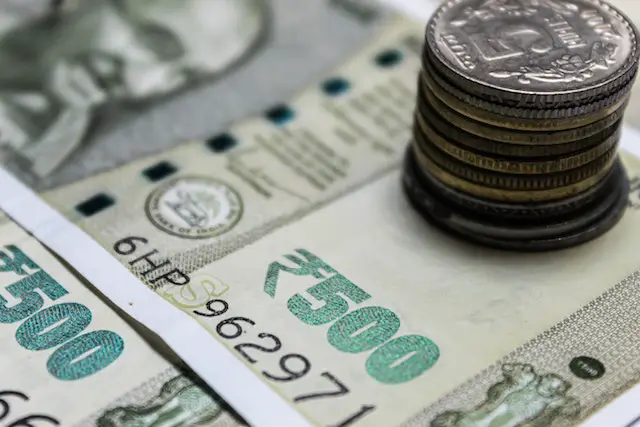Theme:
- According to International Monetary Fund (IMF), India passed the United Kingdom (UK) to become the 5th largest economy in the world in the last quarter of 2021.
India’s comparative edge:
- The demographic dividend opportunity window opened for India in 2005–2006 and will close in 2055–2056. Almost 65 percent of Indians are of working age, which means the future labour force for more than half of Asia could come from India.
- The Indian economy is mostly driven by local demand.
- India has emerged as a global agricultural powerhouse. We are the world’s largest producer of milk, pulse, and spices, and 2nd largest producer of rice, wheat, cotton, sugarcane, farmed fish, sheep & goat meat, fruit, vegetables and tea.
- India is in a good position to gain from the outsourcing of IT and business services. Low-cost of workers advantage, large pool of English-speaking skilled manpower and latest technology solutions makes India the most attractive outsourcing hub. Also Indian IT giants such as Infosys, WIPRO and TCS have made their mark on the global platform.
- Due to its vast cultural, rich history, remarkable diversity and natural resources, India has enormous potential to grow its tourism industry and generate employment.
Challenges:
- According to CMIE (Centre for Monitoring Indian Economy), the unemployment rate in India is around 6.4% as of September 2022. This is because job growth has not kept pace with GDP growth. Only 40% of the labour force that is capable of working is actually employed or looking for work, in which women have a lower participation rate.
- Geopolitical issues like the Russia-Ukraine war, border tensions with China, and the challenge of terrorism from Pakistan are creating supply chain constraints.
- The IMF and many other financial institutions predict that the world might go through a recession in 2023 when over a third of the global economy will see a contraction. Due to the more than ever increasing global interconnectivity, India will not be immune to this.
- India’s trade deficit is growing. It reached a record 31 billion dollars in July 2022.
- The Indian rupee is under pressure due to capital outflows and a growing current account deficit.
- Climate change is having serious effects on India. Recent irregularities in the Indian summer monsoon have led to severe floods and heat waves, causing India to suffer enormous economic losses in all areas.
- The gap between rich and poor in India is very large. As per the ‘World Inequality Report 2022′, top 10% of India’s population hold 57% of the total national income while the bottom 50% share has gone down to 13%. India’s inequality is driven by limited upward mobility due to unequal opportunity.
Way Forward:
- Implementing policies that focuses on economic as well as social development.
- There is a need to strengthen the Make in India initiative and Ease of doing Business in India, to attract more foreign investment in manufacturing sector.
- The government should concentrate on making the best use of our demographic dividend, by increasing its spending on research and development, health, education, and skill development.
- There is a need for reform in the banking sector that can help boost small-scale manufacturing instead of only large-scale.
- Implementing policies to break the stereotypical belief that women should not work, as well as creating better infrastructure for encouraging more women participation in the economy.
Conclusion:
It is a proud moment for all Indians that our country has grown to become the 5th largest economy in the world. However, it’s equally crucial to keep a check on whether the poor are benefiting from a growing economy. India’s development in the future will be a result of how successfully it handles the present challenges as well as how well-equipped it is to handle those that will arise in the future.
Your Turn…
What are your thoughts on this topic? Express your point of view through the comment section below. And subscribe to our blog to read answers to the trending GD topics.
References:
Copyright @ Group Discussion Ideas.

